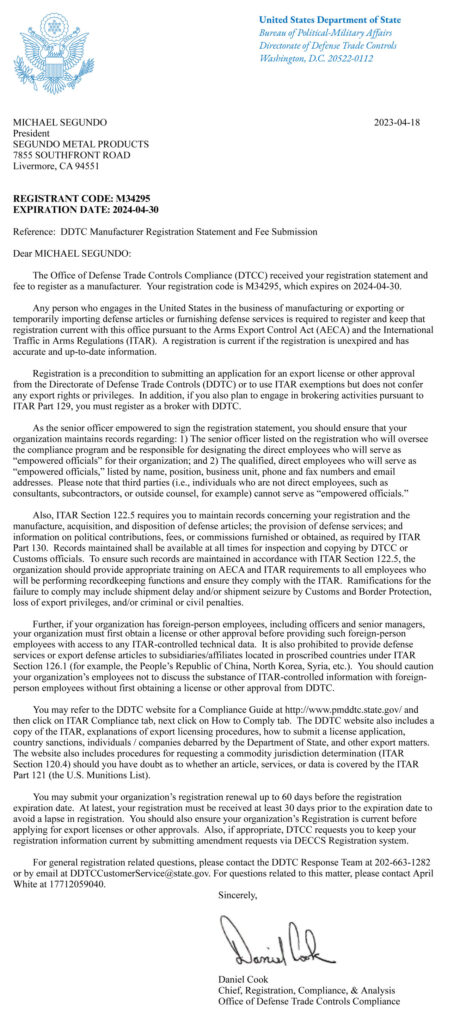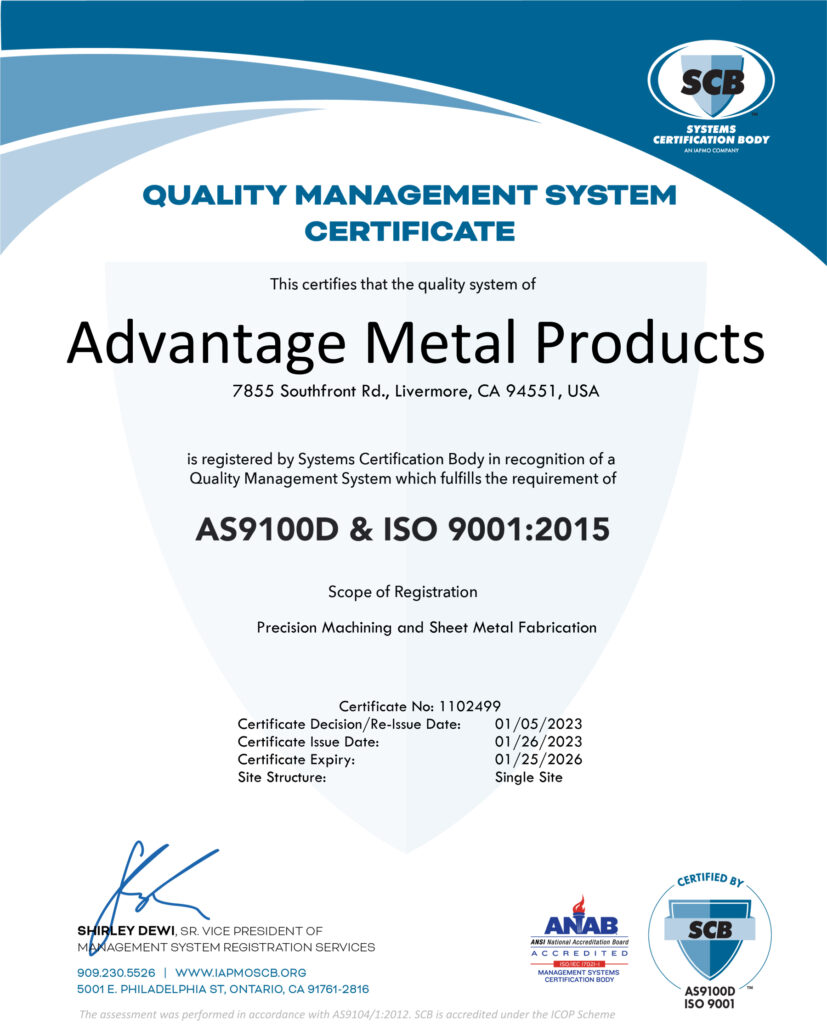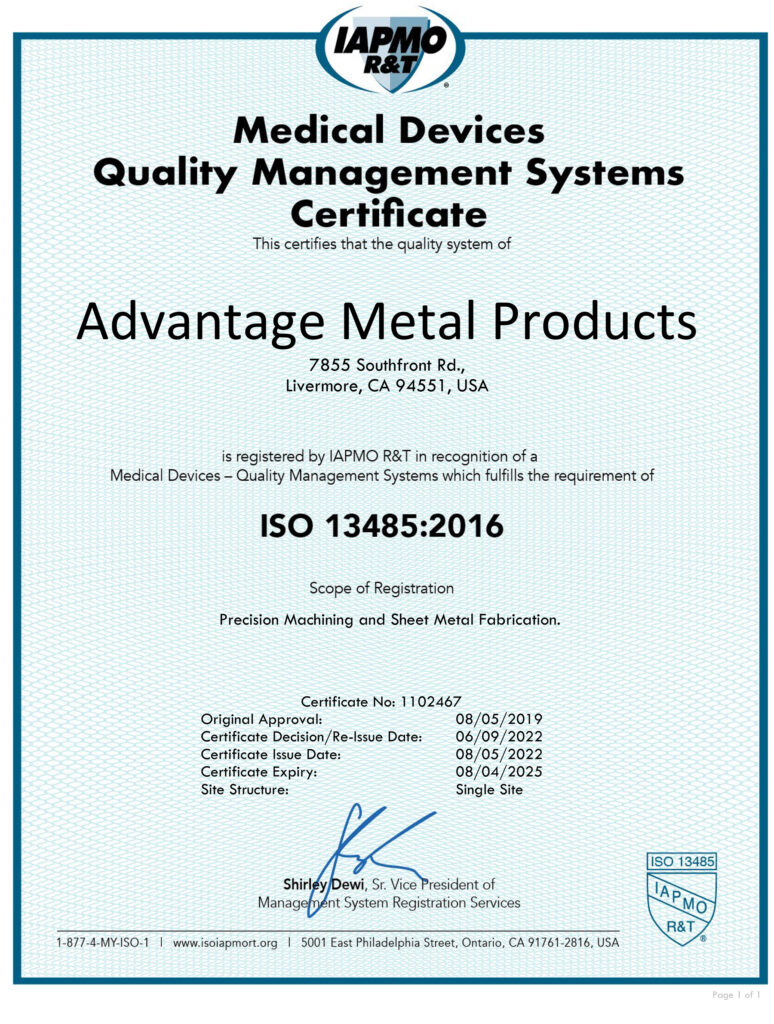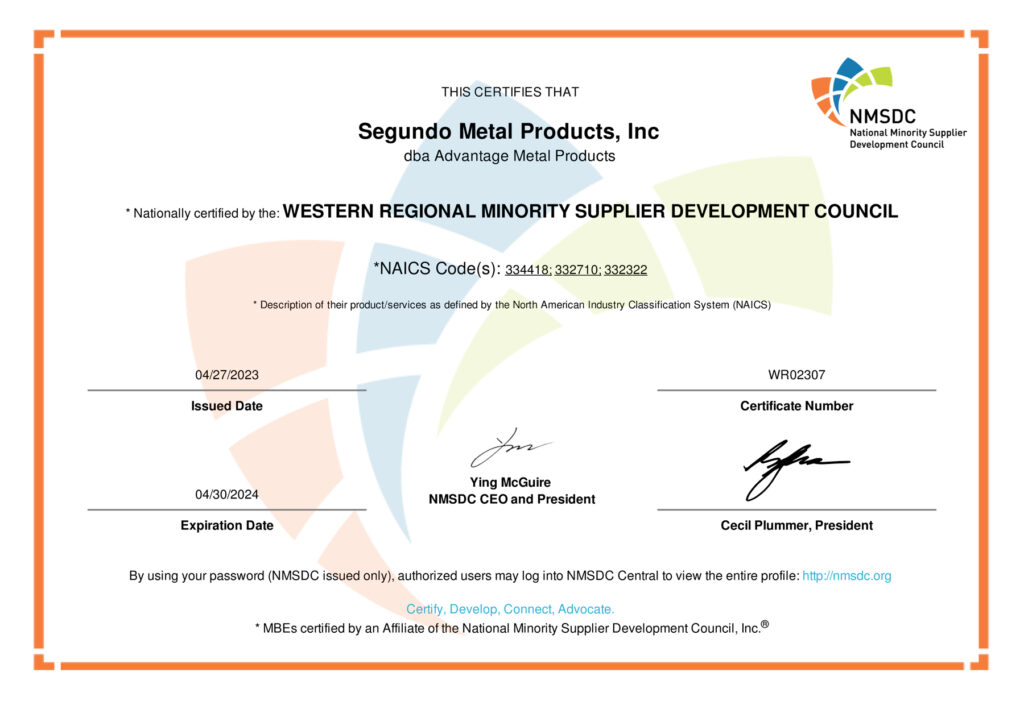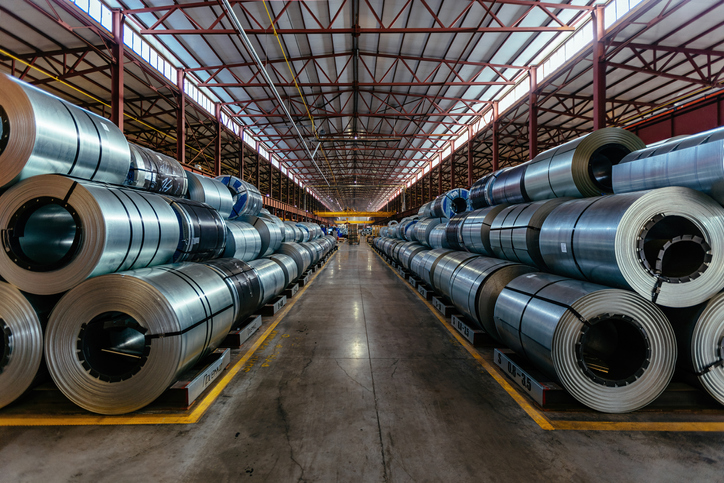
It’s no secret that modern manufacturing calls for highly optimized processes. One method that manufacturers use to achieve this in sheet metal fabrication is design for manufacturability or DFM. Sheet metal design for manufacturability enables manufacturers to deliver efficient, cost-effective solutions to customers without sacrificing part quality. But in order to make the most of DFM, designers and manufacturers must collaborate closely to create sheet metal-ready designs that align with manufacturing processes and meet the strict requirements of the customer.
What is Sheet Metal Design for Manufacturability?
Sheet metal design for manufacturability (DFM) is a strategic approach to part design that aligns with the intricacies of the fabrication process. In doing so, metal manufacturers can optimize efficiency, curtail production costs, and elevate the quality of the end product. Sheet metal design for manufacturability goes beyond aesthetics and leverages the technicalities of manufacturing to foster seamless production execution.
Key Benefits of Sheet Metal DFM
Of all the benefits this practice brings to sheet metal fabrication, some of the biggest include:
- Reduced production time — Sheet metal design for manufacturability can eliminate bottlenecks that hinder production. Because designs have been optimized for the manufacturing process, the transition from design to production is significantly expedited.
- Minimized material waste — Parts that have been designed to optimize the manufacturing process also produce less waste than parts that have not been through the DFM process. This leads to better resource utilization and cost-effectiveness.
- Enhanced product performance — Because parts are designed to make the most of the manufacturing processes, these components also generally excel in performance, durability, and longevity when compared with parts that are designed without DFM principles in place.
Key Considerations for Optimizing Sheet Metal Design
In order to elevate sheet metal design, manufacturers balance attention to detail with a priority on enhancing functionality. For that reason, a variety of factors go into the DFM process, including material selection, hole placement, tolerances, and specific design elements like bend radius and sharp corner avoidance.
Material Selection
Selecting the most optimal material is central to successful sheet metal design. Collaborating with manufacturers early is essential to align material attributes with both design aesthetic and functionality requirements.
Bend Radius and Thickness
In DFM, it’s crucial to account for the interplay between bend radius and material thickness. Both elements need to work together. Trying to bend a thick piece of metal into a tight curve (or a small bend radius) can result in cracks and deformities.
Hole Placement
Strategically placed holes are important for fasteners, ventilation, and fixtures. Utilizing the practice of sheet metal DFM ensures that holes are accurately positioned to maintain both structural integrity and manufacturing optimization.
Tolerances
Tolerances are essential in the production of any metal component, and a familiar term to anyone who is even tangentially involved in manufacturing. When it comes to DFM, it’s important to collaborate with manufacturers to establish realistic tolerances that support both precision and practicality.
Avoiding Sharp Corners
Finally, rounded corners are a safety-conscious design choice. Not only do they mitigate stress concentrations, but they are also more aesthetically pleasing in general.
Designing for Specific Processes
An additional advantage of sheet metal design for manufacturability is the ability to tailor parts to specific manufacturing processes.
For laser cutting and CNC machining, meticulous design specifications are essential. Designs that are attuned to these processes enable manufacturers to create parts with more intricate geometries while maintaining a high level of precision.
Similarly, parts designed to optimize bending and forming factor in the bend radii and material thickness, which ensures part structural integrity while expediting the manufacturing process.
And for welding and joining, parts can be designed to fit together seamlessly, thereby avoiding design flaws during assembly. In industries that require a highly accurate fit, such as those that incorporate metal parts in medical devices or fluid handling applications, designing parts to optimize welding and joining is invaluable.
Software in Sheet Metal Design for Manufacturability
When it comes to the how of DFM, digital tools play a significant role. 3D CAD Modeling, for instance, aids the visualization of the end product. This allows manufacturers to identify potential problems early on and avoid costly revisions during production.
Along the same vein, simulation and prototyping software also help manufacturers anticipate challenges before they arise. This empowers part designers to preemptively optimize designs in order to reduce iterations.
And when it comes to seamless communication between designers and manufacturers, collaboration platforms facilitate the real-time sharing of insights and refinements. This ensures that part design aligns with manufacturing capabilities throughout the process.
Stay Ahead with DFM from Advantage Metal Products
Sheet metal design for manufacturability is an invaluable practice for designers, manufacturers, and their customers. At Advantage Metal Products, we provide engineer support and DFM guidance throughout the manufacturing process. Our U.S.-based manufacturing facility in Livermore, CA is equipped with the latest in advanced manufacturing technology and equipment. With this, we’re proud to provide metal stampings, sheet metal fabrication, and machining services that are tailored to the specific needs of each of our customers.
By leveraging the principles of DFM alongside our 30+ years of industry experience, we aim to streamline the manufacturing process to provide high-quality, precision metal parts for critical applications across a range of industries.
Ready to partner with a contract manufacturer who can streamline the production process and still deliver the part performance you need? Reach out to our team of experts today to get started.

